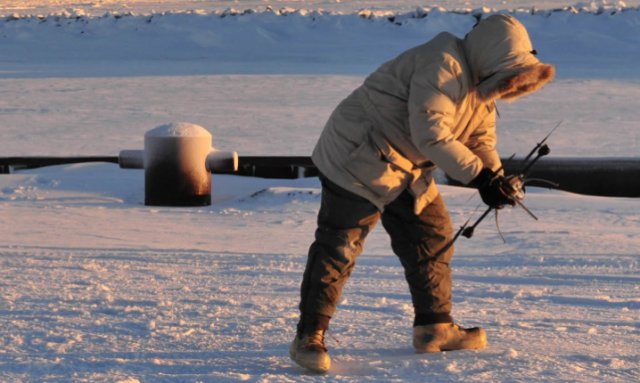As Norway’s polar waters open to development, that country’s lawmakers are becoming increasingly convinced that drones could serve as a potentially life-saving tool in the event of a maritime accident. Members of the Storting, Norway’s national assembly, gathered representatives from the industry last week to discuss how drones take over operations currently performed by manned aircraft.
“The developments in the North present new challenges that require new technologies if we are to address them,” Eirik Sivertsen, the chair of the Storting’s Arctic Delegation, said after the meeting. Last week’s gathering comes on the heels of an October report that concluded that drones were an inexpensive, low-risk option that could potentially save lives during search operations.
“Harsh weather conditions and vast distances make operations in the Arctic difficult and dangerous. Unmanned aircraft could be an important tool for search and rescue, surveillance and monitoring of ice, territorial waters and the environment,” the report, complied by the Norwegian Board of Technology, a publicly funded technology-assessment organisation, stated.
Currently some 80% of Arctic shipping passes through Norwegian waters, officials reckon. A warming Arctic, the report predicts, will bring increased shipping traffic, more tourism and a greater military presence.
Meanwhile, the country’s continental shelf in the Barents Sea – current oil price slump not withstanding – is increasingly opening to exploration for oil and gas.
As part of its international commitments, Norway would be required provide search and rescue assistance to mariners in distress, or in the event of an accident at a drilling site. However, the report concluded that it currently did not have the capacity to patrol its entire Arctic region, and suggested that drones could fill the gap.
“Drones can give improve polar maritime preparedness for Norway’s official search capacity as well as for the private sector’s,” Åke Refsdal Moe, the report’s lead author, said.
The report recommends that drones carrying equipment such as heat-sensors be deployed to conduct search operations. In the event a drone locates mariners in distress, it can drop equipment that can keep them alive until human rescuers arrive.
Source: The Arctic Journal

